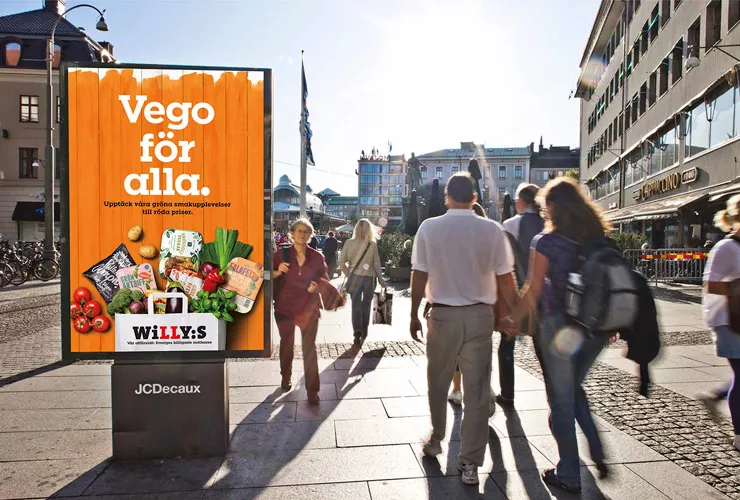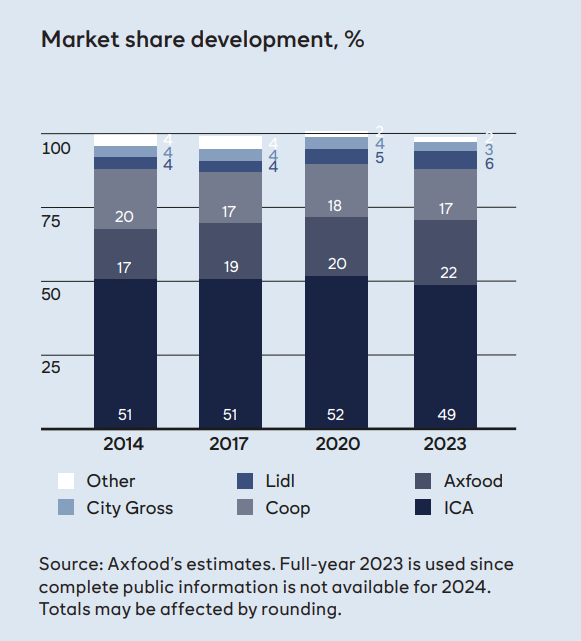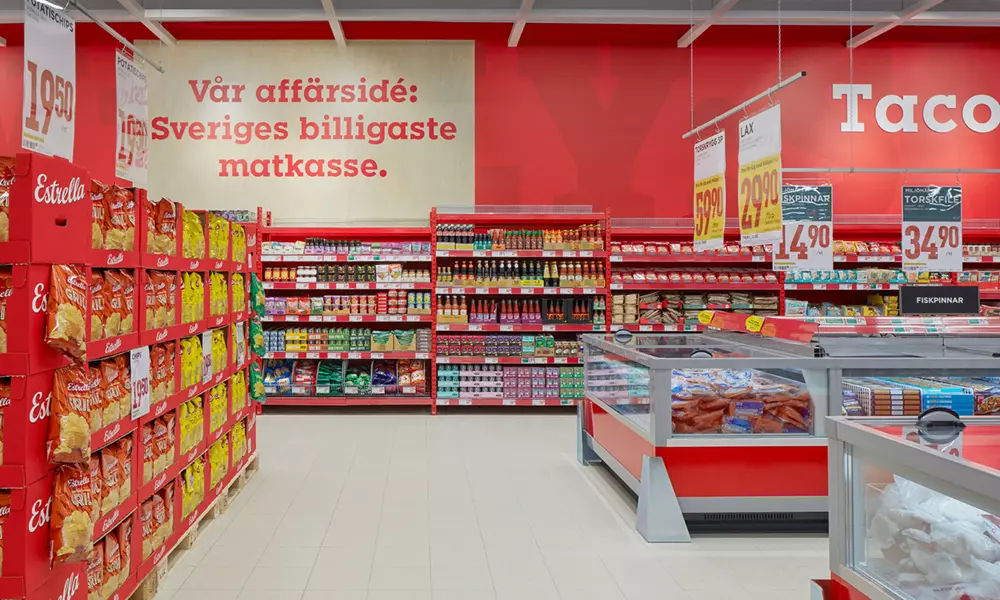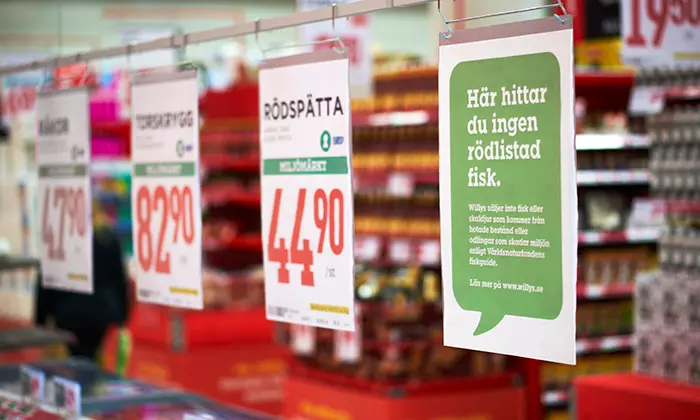
Swedish food retail
Food retail is an important part of Swedish industry and a large employer, providing livelihood for more than 100,000 people. There are a total of just over 3,000 food retail stores around Sweden.
The sector is important for young people, who account for nearly a third of the number of those employed. In the countryside, grocery stores often serve as a community hub, offering pharmacy services, postal services and package pick-up.
The food retail market is relatively unaffected by economic swings and growth is driven largely by population growth and inflation. Annual market growth has historically been between 2% and 3%. The market is mature, and the three largest players – ICA, Axfood and Coop – together account for approximately 90% of sales. With its distinctive concepts, Axfood has a presence in every segment in the market. Including City Gross, which was acquired late in the year, its market share at year-end 2024 is estimated at about 25% (22).
For some time now, growth in food retail has been strongest in the discount segment, where Willys is the leading player. The discount segment represents just over a fifth of the market and can be divided into two sub-segments: hard discount and soft discount. The biggest differences between the segments consist of the offering and breadth of assortment as well as the peripheral services offered. During the years 2018–2023, average annual growth for the discount segment is estimated at around 11%. This is compared with the market’s average annual growth of approximately 5%. The corresponding growth rates in the hypermarket and traditional grocery segments were around 5% and 4%, respectively.
One long-term trend in the market is an increased share of online food sales. This trend accelerated significantly during the pandemic, but the subsequent return to shopping in physical stores is clear. E-commerce still accounts for a small share of the market, 4.1% in 2024. Sales within e-commerce are relatively evenly distributed between store pick-up and home delivery. Axfood’s market share in e-commerce in 2024 is estimated at around 28% (28), the majority of which is attributable to Willys.
Development during 2024
In 2024, the Swedish food retail market grew by 4.1%, and sales excluding VAT amounted to approximately SEK 301 billion (290). After the high rate of price increases in recent years, food price inflation normalised during the year and, according to Statistics Sweden, amounted to 1.4%. Accordingly, market growth was mainly driven by a positive volume/mix effect. Market dynamics continued to be characterised by high price awareness among consumers as a result of a sharp deterioration in household buying power in recent years. After a negative trend in recent years, growth in e-commerce was again positive at 4.9%.
Sources: Swedish Food Retail Index (Swedish Food Retailers Federation in cooperation with HUI Research) and Axfood’s estimates based on public information.




